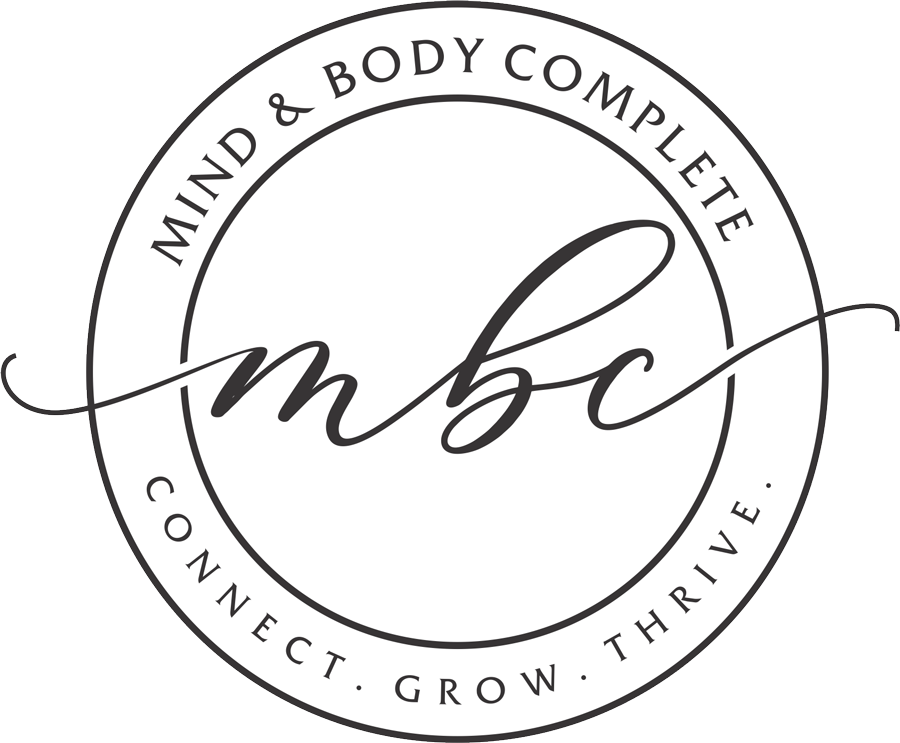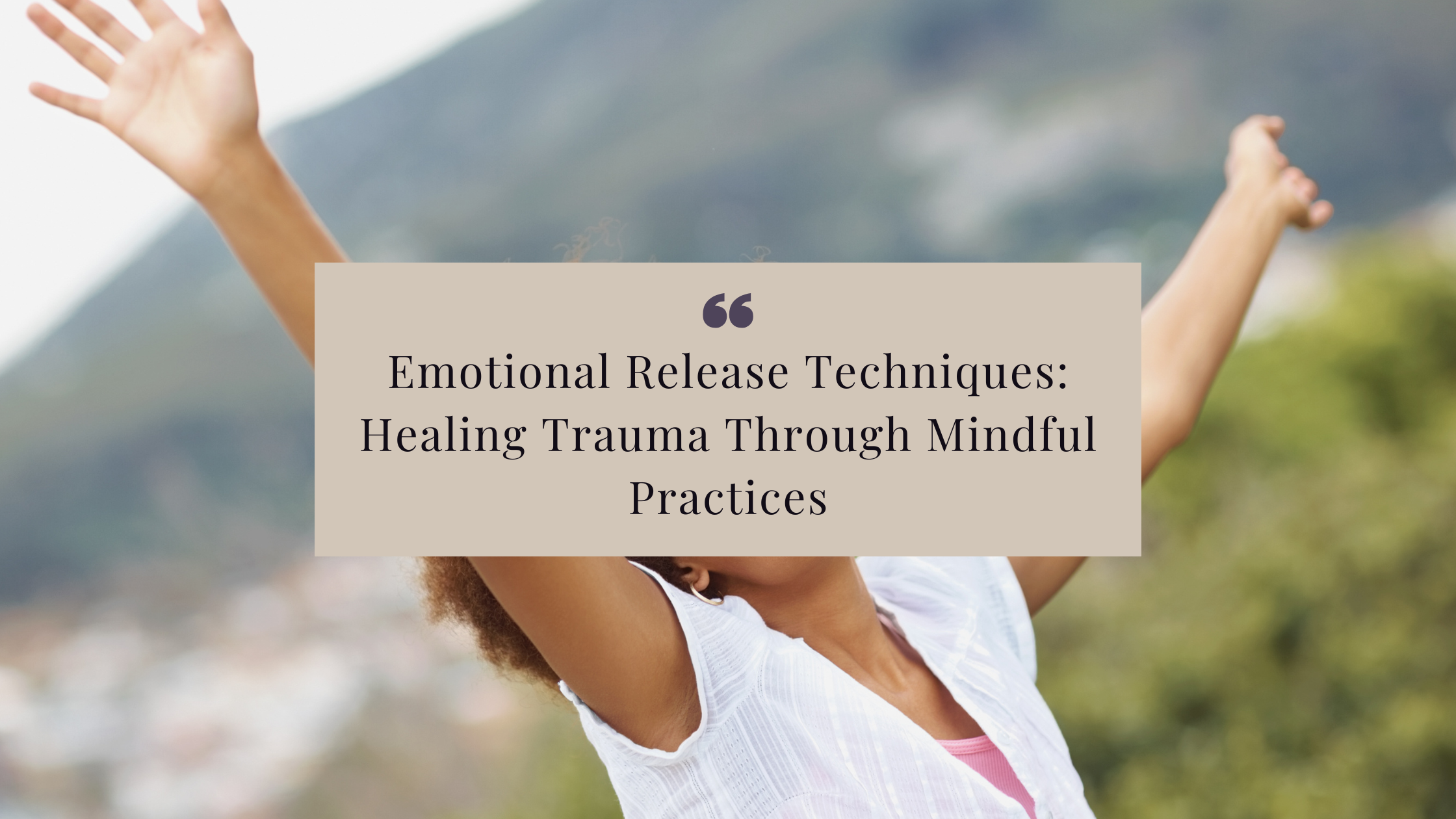Let’s talk about something real, raw, and deeply important: emotional release.
Because whether we want to admit it or not, so many of us are carrying heavy stuff we were never meant to hold forever.
And guess what? Healing doesn’t always happen in a therapist’s office (though therapy is amazing and important too!). Sometimes it happens barefoot under the stars, with a journal on your lap and tears you didn’t even know you were holding back.
At our retreats, emotional release is never forced—but it’s absolutely welcomed.
Because the truth is, when you finally give yourself the space to pause and breathe, the stuff you’ve been packing away for years tends to bubble up. And honestly? That’s not something to fear. It’s something to honor.
What Emotional Release Looks Like on Retreat
We don’t do hardcore therapy sessions (I retired that hat years ago).
Instead, we create spaces where your own natural healing can unfold—through self-guided practices or with gentle support if you need it.
Some tools we love to offer (or encourage you to explore) include:
– Journaling for Emotional Clarity
Sometimes, writing things down gives your emotions a “voice” without having to speak a word.
At a retreat, you might find a cozy corner under a tree, grab your journal, and pour out the stuff your heart has been holding onto. No judgment, no fixing—just release.
Prompt we often use:
“What am I ready to let go of?”
“What truth have I been too afraid to say out loud?”
– Somatic Movement
We store emotions in our bodies (trust me, it’s science). Movement like yoga, dance, or even simple shaking can release stagnant energy and old trauma.
At our retreats, somatic movement practices are woven into the experience—helping you gently move through grief, anger, sadness, or even joy that’s been locked up inside.
Fun fact: you don’t have to be “good” at it. Your body knows exactly what to do if you let it.
– Emotional Freedom Technique (EFT)
While we don’t formally practice EFT at our retreats, we know it can be a tool you can explore.
EFT (aka “tapping”) combines gentle tapping on specific meridian points on the body while speaking affirmations or truths. It’s known to help release stuck emotions and calm the nervous system.
If you’re curious, we always encourage trying EFT either self-guided (there are great YouTube videos on it) during downtime on retreat—or with a practitioner afterward.
– Self-Guided Emotional Release
One of the most magical things about retreat is you finally have time. Time to feel without rushing. Time to process without judgment. Time to heal without having to explain yourself.
Whether it’s walking the labyrinth, meditating by the fire, crying in a hammock (yep, it happens—and it’s beautiful), or journaling through a big realization—you get to honor what’s ready to be released.
Why Emotional Release is Healing
Holding onto old wounds doesn’t make you strong—it makes you tired.
True strength is allowing yourself to feel it all, to let it move through you, and to let it go so you can create space for what’s next.
Emotional release isn’t about fixing yourself (you’re not broken, babe).
It’s about shedding the layers that were never yours to carry in the first place.
Final Thoughts
Healing isn’t a straight line. It’s messy and beautiful and sometimes really hard.
But I promise you: you don’t have to do it alone.
Whether you’re journaling under the Texas sky at Retreat Ranch, dancing barefoot in our yoga dome, or simply breathing deeply with other women who get it—retreat offers a sacred space to heal, reconnect, and rise lighter than you arrived.
Your healing isn’t a burden. It’s your birthright.
Big hugs and even bigger exhale,
Shannon







